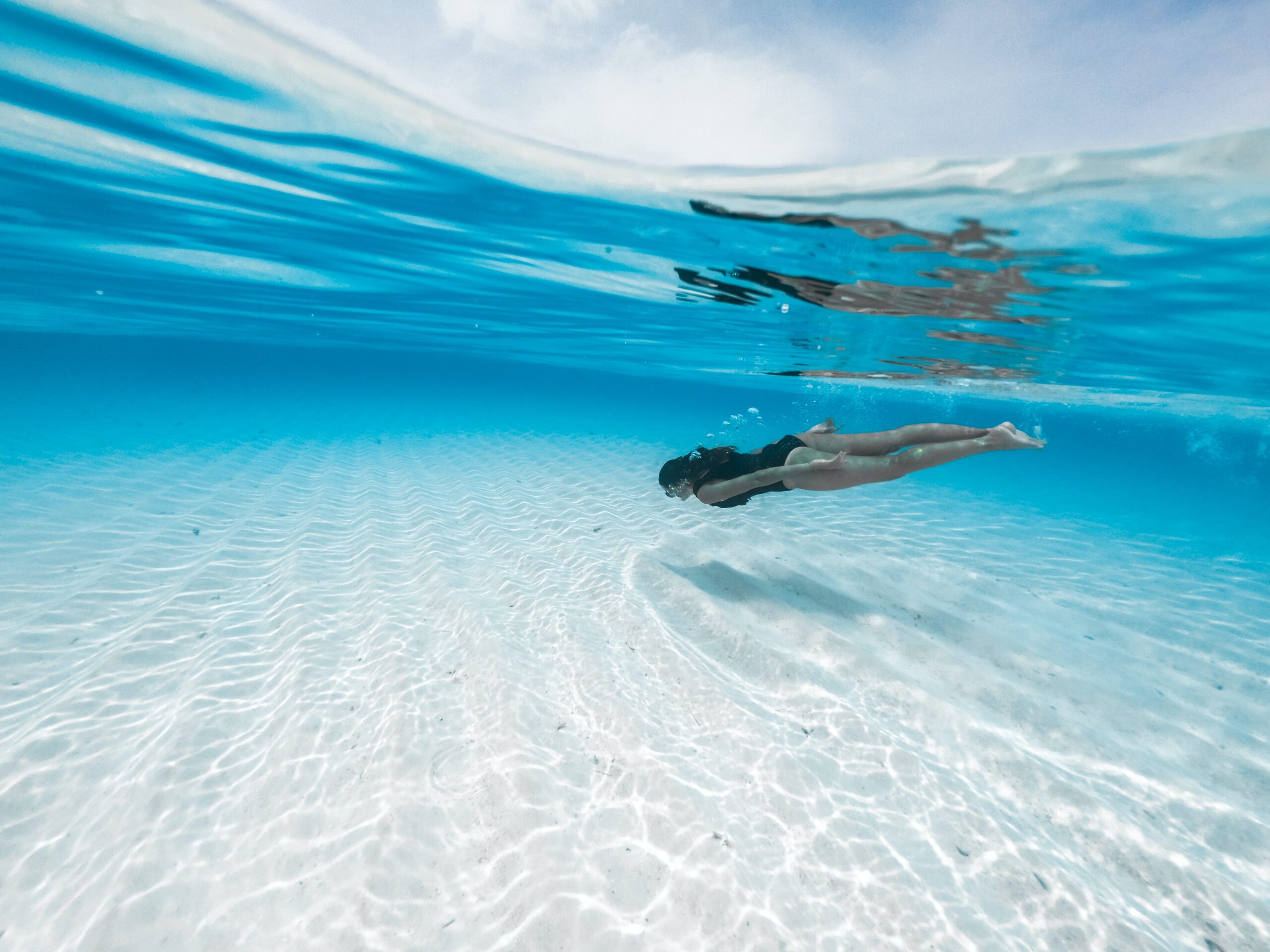
Amman, the capital of Jordan, is home to several museums and libraries that showcase the country’s rich history, culture, and heritage. Here are some notable museums and libraries you can visit in Amman:
Museums:
- Jordan Museum: The Jordan Museum is the country’s largest museum, offering a comprehensive overview of Jordan’s history and culture. It houses a remarkable collection of artifacts, including the Dead Sea Scrolls.
- The Jordan Folklore Museum: Located at the Roman Theatre in Amman, this museum showcases traditional Jordanian clothing, crafts, and artifacts, offering insights into the country’s folk heritage.
- The Royal Automobile Museum: This museum displays a fascinating collection of classic and vintage cars, including vehicles used by Jordan’s royal family over the years.
- The Jordan Archaeological Museum: Situated in the Amman Citadel, this museum houses archaeological finds from various historical periods in Jordan, including the Bronze Age, Iron Age, and the Islamic period.
- The National Archaeological Museum (Byzantine Church): Located near the Roman Theatre, this museum is home to a collection of artifacts from the Byzantine era, including mosaics, sculptures, and ceramics.
- The Jordan Museum of Popular Traditions: This museum, located in the Roman Theatre, focuses on the traditional crafts, clothing, and everyday life of Jordanians.
- The Martyr’s Memorial and Museum: This museum honors the memory of the Jordanian soldiers who died in various conflicts. It features exhibits related to Jordan’s military history and heroes.
- The Children’s Museum Jordan: A family-friendly museum that offers interactive exhibits and activities for children, promoting education and learning through play.
Libraries:
- Jordan National Library: The Jordan National Library is the country’s largest library and a hub for research and education. It houses an extensive collection of books, periodicals, and digital resources.
- Al-Hussein Bin Talal Library: Located at the University of Jordan, this academic library is known for its vast collection of books and research materials, making it a valuable resource for students and scholars.
- American Corner Amman: This library, sponsored by the U.S. Embassy, offers a selection of books, resources, and cultural events to promote understanding between Jordan and the United States.
- British Council Library: The British Council Library in Amman provides access to a wide range of English-language books, magazines, and digital resources, as well as cultural events and workshops.
- Goethe-Institut Library: The Goethe-Institut offers a library with German-language books, as well as cultural and language resources for those interested in German culture and language.
- French Cultural Center (Institut Français) Library: The French Cultural Center in Amman includes a library with French-language books, films, and cultural materials.
These museums and libraries in Amman offer diverse opportunities for cultural exploration, learning, and research, making them valuable resources for both residents and visitors interested in Jordan’s history, culture, and literature.
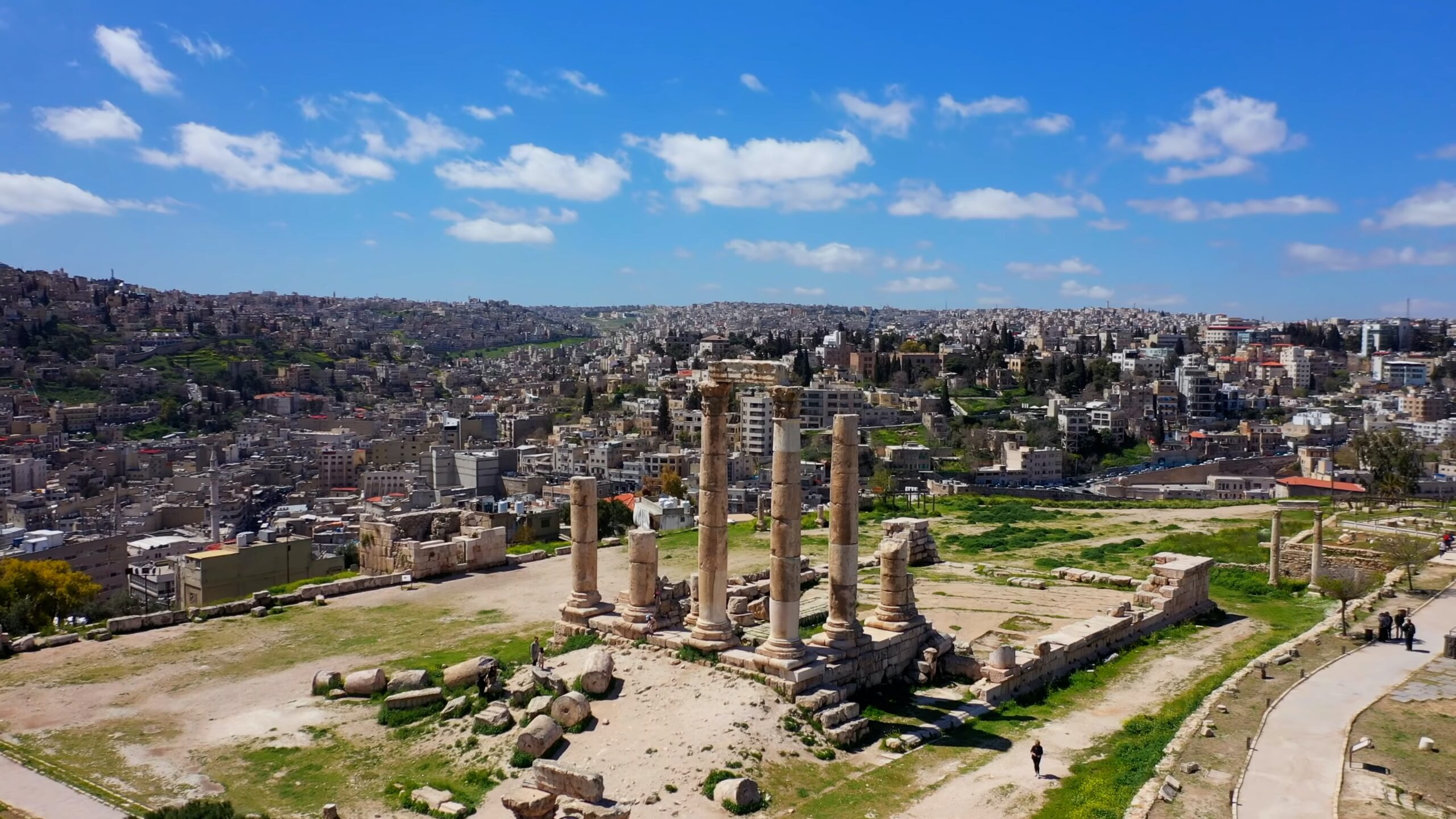
Amman, the capital of Jordan, boasts a variety of modern shopping malls that cater to a wide range of tastes and preferences. Here are the top 10 shopping malls in Amman:
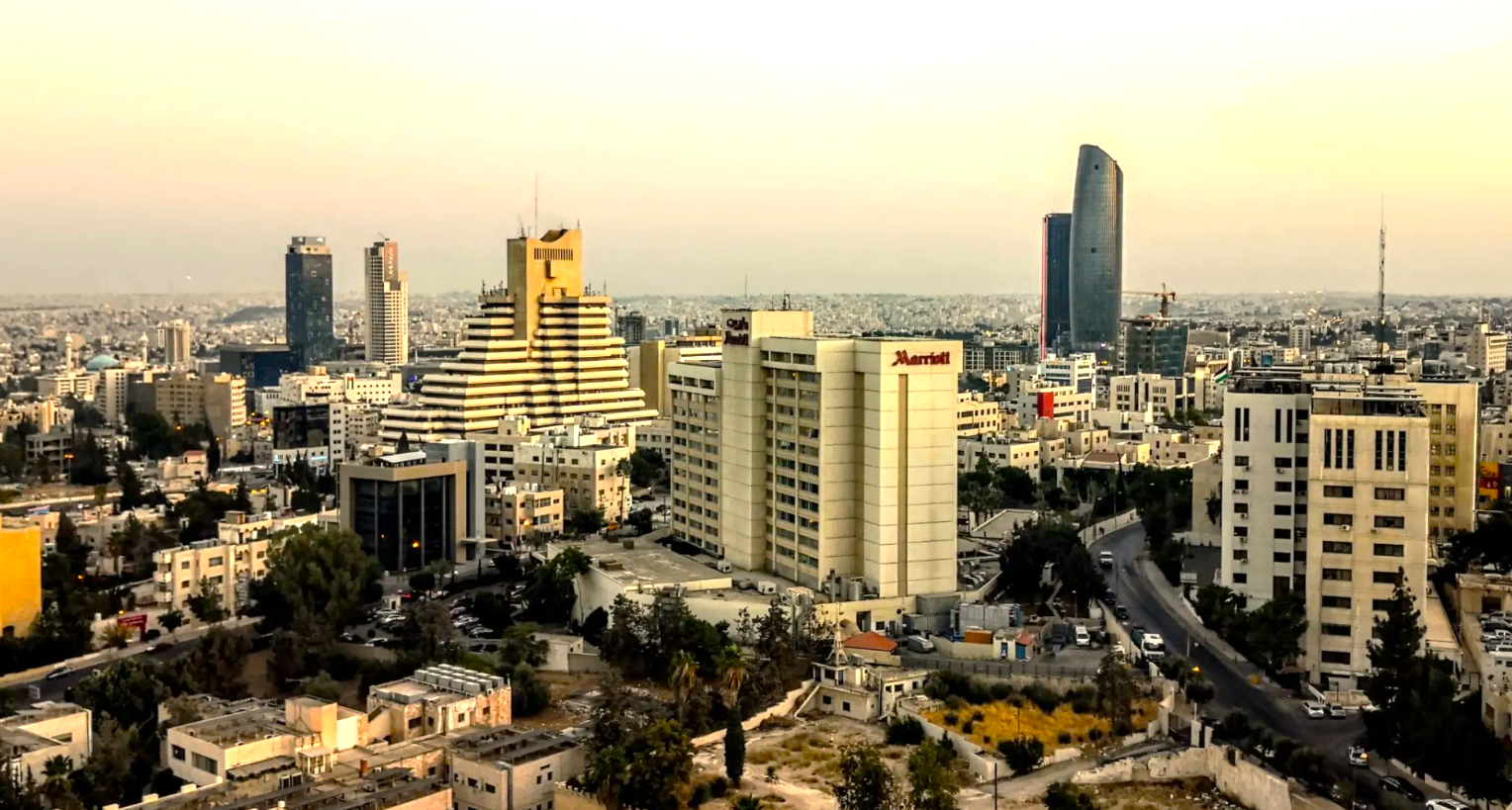
- City Mall: City Mall is one of the largest and most popular shopping destinations in Amman. It features a vast selection of local and international brands, as well as a wide range of dining and entertainment options.
- The Boulevard: This upscale shopping and lifestyle destination offers a mix of high-end boutiques, restaurants, cafes, and a luxury cinema. The outdoor setting adds to its charm.
- Mecca Mall: Mecca Mall is one of the oldest and most established malls in Amman. It offers a diverse range of shops, including fashion, electronics, and household goods, as well as a food court.
- Abdali Mall: Located in the heart of the Abdali district, this mall features a wide array of shops, restaurants, and a cinema complex. It’s known for its modern design and architecture.
- Taj Mall: Taj Mall is a stylish and contemporary shopping center known for its fashion outlets, boutiques, and trendy cafes. It’s a popular spot for upscale shopping.
- Galleria Mall: Galleria Mall is a boutique-style shopping center that focuses on high-end brands and designer boutiques. It offers a more exclusive shopping experience.
- Sweifieh Avenue Mall: Sweifieh Avenue Mall is a popular destination for both shopping and dining. It features a mix of local and international stores and is known for its vibrant atmosphere.
- Baraka Mall: Baraka Mall is a mid-sized shopping center with a diverse range of shops, including clothing, electronics, and household goods. It also houses a food court.
- Al-Wakalat Street (The Wakalat Street Mall): While not a traditional mall, Al-Wakalat Street is a famous shopping street in Amman known for its outlet stores. You can find discounted brand-name fashion here.
- Al Abdali Mall: This shopping center is part of the Abdali Project and offers a selection of shops, restaurants, and cafes. It’s conveniently located in the bustling Abdali district.
These shopping malls in Amman cater to various budgets and shopping preferences, from high-end luxury brands to more budget-friendly options. Whether you’re looking for fashion, electronics, or dining options, Amman’s malls have something for everyone.
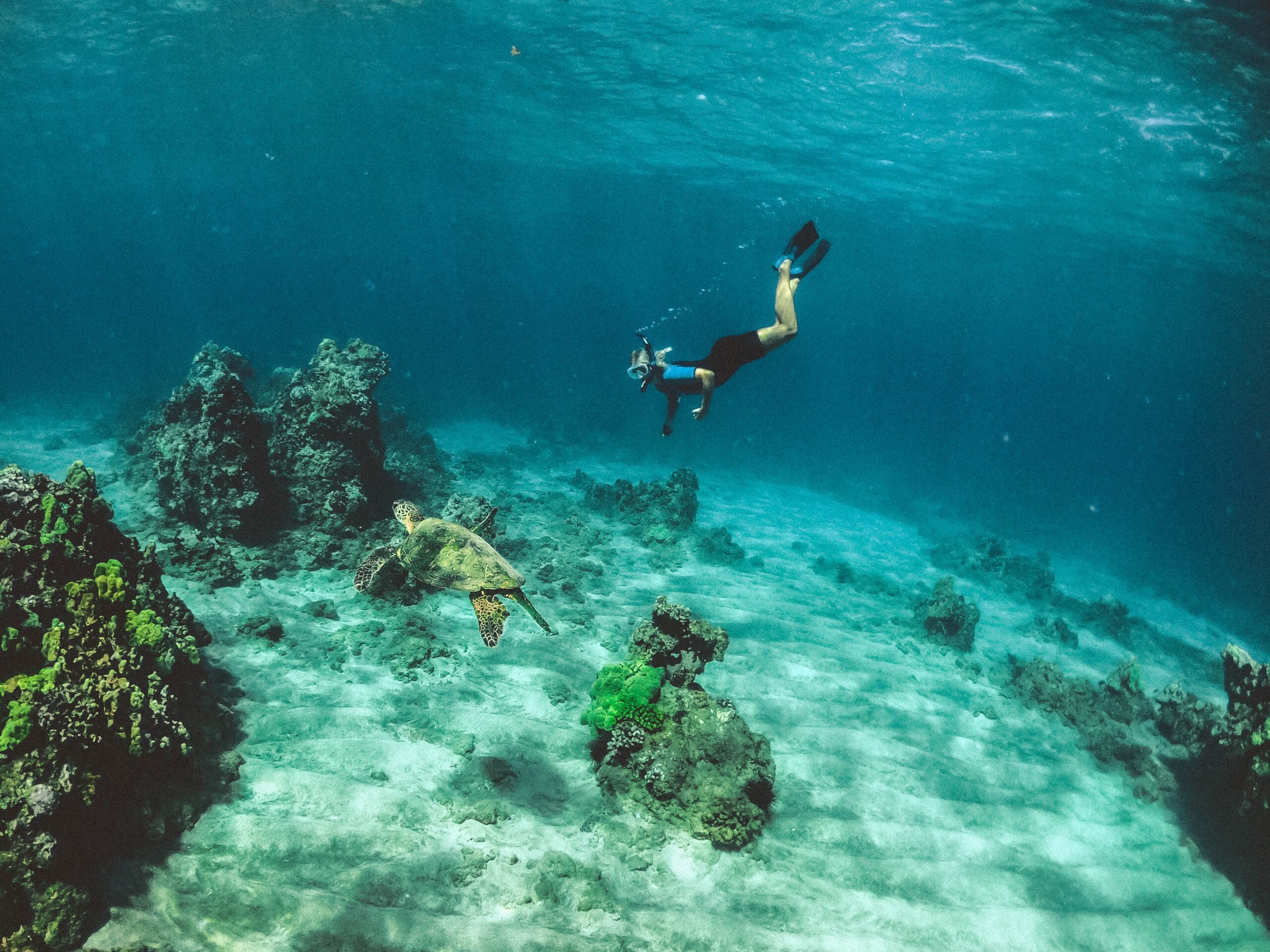
Aqaba, located on the Red Sea in Jordan, is a fantastic destination for water sports enthusiasts. The warm and clear waters of the Red Sea provide an ideal setting for a variety of water-based activities. Here are the top 10 water sports you can enjoy in Aqaba:
- Scuba Diving: Aqaba is renowned for its vibrant coral reefs, marine life, and clear visibility. Dive sites like the Cedar Pride wreck and the Japanese Garden offer spectacular underwater experiences for divers of all levels.
- Snorkeling: Snorkeling in Aqaba allows you to explore the colorful coral reefs and encounter a diverse range of fish and other marine creatures. The South Beach and Coral Garden are popular snorkeling spots.
- Windsurfing: Aqaba’s consistent winds make it an excellent destination for windsurfing. The gentle breezes and flat waters of the Gulf of Aqaba provide a great environment for windsurfers of all skill levels.
- Kiteboarding: Aqaba offers kiteboarding opportunities for both beginners and experienced kiteboarders. You can take lessons or rent equipment to enjoy this exciting water sport.
- Jet Skiing: Jet skiing is a popular activity in Aqaba. Rent a jet ski and enjoy the thrill of speeding across the Red Sea waters.
- Parasailing: Soar high above the Red Sea by parasailing in Aqaba. You can enjoy breathtaking views of the coastline and the surrounding mountains while being towed by a speedboat.
- Banana Boat Rides: For a fun group activity, try a banana boat ride. Hold on tight as you’re pulled behind a speedboat on an inflatable banana-shaped boat.
- Water Skiing: Water skiing is another exciting option for thrill-seekers in Aqaba. Whether you’re a beginner or an experienced skier, you can enjoy this adrenaline-pumping sport.
- Kayaking: Explore the calm waters of Aqaba by kayak. You can paddle along the coastline, visit nearby islands, or take guided tours to discover the area’s natural beauty.
- Fishing: Aqaba offers excellent opportunities for fishing. You can join local fishermen for traditional fishing experiences or book deep-sea fishing trips to catch larger game fish like tuna and barracuda.
Before participating in water sports in Aqaba, ensure you have the necessary safety equipment and follow local regulations and guidelines. Additionally, many water sports operators in the area provide equipment rentals and guided tours to make your experience enjoyable and safe.
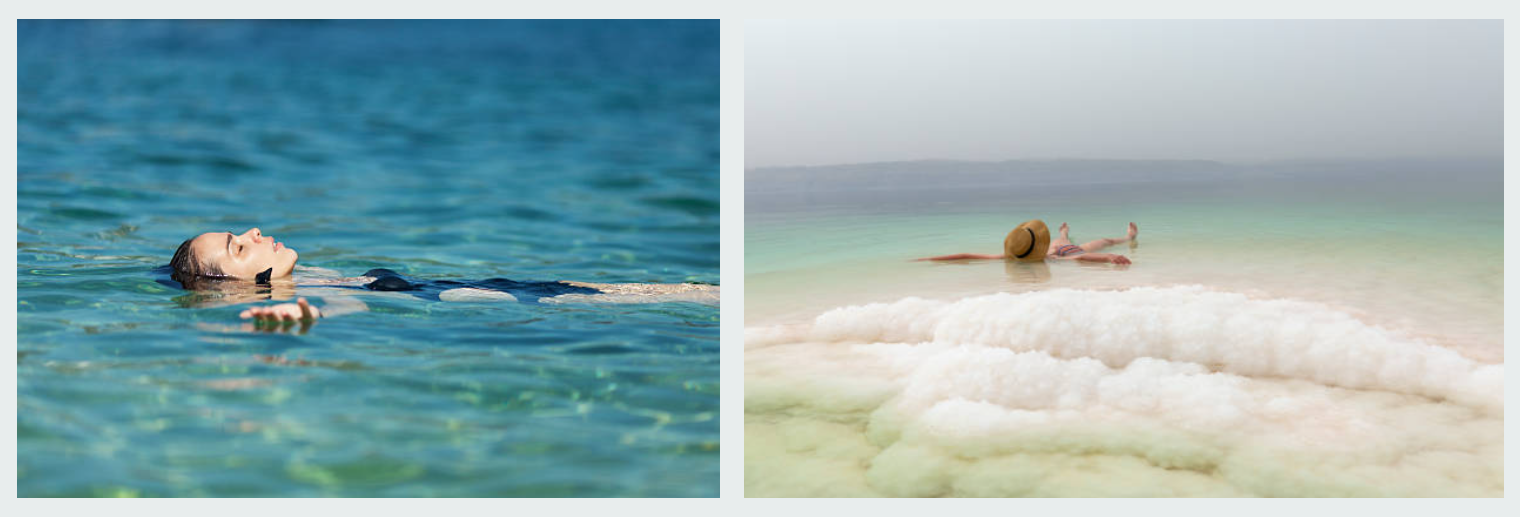
The Dead Sea is a unique and fascinating natural wonder located in the Middle East, particularly in Jordan and Israel. Here are the top 10 facts about the Dead Sea:
- Extremely Saline Water: The Dead Sea is one of the saltiest bodies of water in the world. Its salinity is about 10 times greater than that of the average ocean, making it exceptionally buoyant. You can effortlessly float on the surface due to the high salt concentration.
- Lowest Elevation on Earth: The shores of the Dead Sea are the lowest land points on Earth. The surface of the water is about 430 meters (1,411 feet) below sea level.
- Historical and Biblical Significance: The Dead Sea region has historical and biblical significance. It is mentioned in various religious texts, including the Bible, where it is referred to as the “Salt Sea.” It is believed to be the site of the cities of Sodom and Gomorrah.
- Therapeutic Mud: The Dead Sea mud is rich in minerals, including magnesium, calcium, and potassium. Many people visit the Dead Sea to cover themselves in its therapeutic mud, believed to have various benefits for the skin and body.
- Unique Microbial Life: Despite its extreme salinity, the Dead Sea supports microbial life. Some microorganisms have adapted to thrive in these harsh conditions, giving the sea its unique reddish color in some areas.
- Sinkholes: The shrinking of the Dead Sea has caused the formation of numerous sinkholes along its shores. These sinkholes can be quite dangerous and have impacted local communities.
- Salt Harvesting: The Dead Sea is a source of valuable minerals, especially salt and minerals like potassium and bromine. Salt is harvested from the sea and used in various industries, including cosmetics and chemical production.
- No Marine Life: Despite its name, the Dead Sea is devoid of marine life due to its extreme salinity. Fish and other aquatic creatures cannot survive in such conditions.
- Climate and Environment: The region around the Dead Sea has an arid desert climate with hot summers and mild winters. The area’s unique environment, including the sea and surrounding landscapes, attracts tourists from around the world.
- Tourism and Recreation: The Dead Sea is a popular tourist destination known for its health and wellness properties. Visitors come to float in its waters, apply its mud, and enjoy spa treatments offered by resorts along its shores. It’s also a hub for adventure activities like hiking and canyoning.
While the Dead Sea is a remarkable natural wonder, it is also facing environmental challenges, such as water level decline. Conservation efforts are underway to protect and preserve this unique and historically significant body of water.

Jerash, also known as Gerasa, is an ancient city located in northern Jordan. It is famous for its remarkably well-preserved Roman ruins and is considered one of the best-preserved Roman provincial cities in the world. Here are some interesting facts about Jerash:
- Roman Heritage: Jerash was founded during the Hellenistic period but flourished under Roman rule. It was one of the ten great Roman cities, known as the Decapolis.
- City of 1,000 Columns: Jerash is often referred to as the “City of 1,000 Columns” due to the abundance of columns that adorn its streets, plazas, and buildings.
- Impressive Archways: The city boasts several stunning archways, including Hadrian’s Arch, which was built to honor Emperor Hadrian’s visit in 129 AD.
- Oval Plaza: The Oval Plaza in Jerash is one of the city’s most iconic features. It is surrounded by a colonnade of 56 columns and was once the center of social and political life in the city.
- Well-Preserved Theaters: Jerash has two remarkably well-preserved theaters, including the South Theater, which could accommodate up to 3,000 spectators, and the North Theater, which could hold around 1,600 people.
- Cardo Maximus: The Cardo Maximus is the main thoroughfare of ancient Jerash, lined with columns and shops. It divides the city into its eastern and western sections.
- Ancient Water Systems: Jerash had an advanced water supply and drainage system. You can still see the remains of aqueducts, fountains, and public baths.
- Cultural Festivals: The Jerash Festival for Culture and Arts is an annual event that brings together artists, musicians, and performers from Jordan and around the world. It’s a celebration of culture and heritage in the heart of the ancient city.
- Jordanian Currency: The ancient city of Jerash is depicted on the 1 Jordanian Dinar banknote, featuring the South Theater and the Oval Plaza.
- Archaeological Excavations: Archaeological excavations have been ongoing in Jerash since the early 20th century. These excavations have unearthed many of the city’s treasures and continue to reveal more about its history.
- Tourist Destination: Jerash is a popular tourist destination, attracting visitors from around the world who come to explore its well-preserved ruins and experience its historical significance.
- UNESCO World Heritage Site: In 1985, Jerash was designated as a UNESCO World Heritage Site due to its outstanding preservation and representation of Roman urban planning.
Visiting Jerash is like stepping back in time to the days of the Roman Empire, and it offers a unique opportunity to explore a well-preserved ancient city in the heart of the Middle East.





